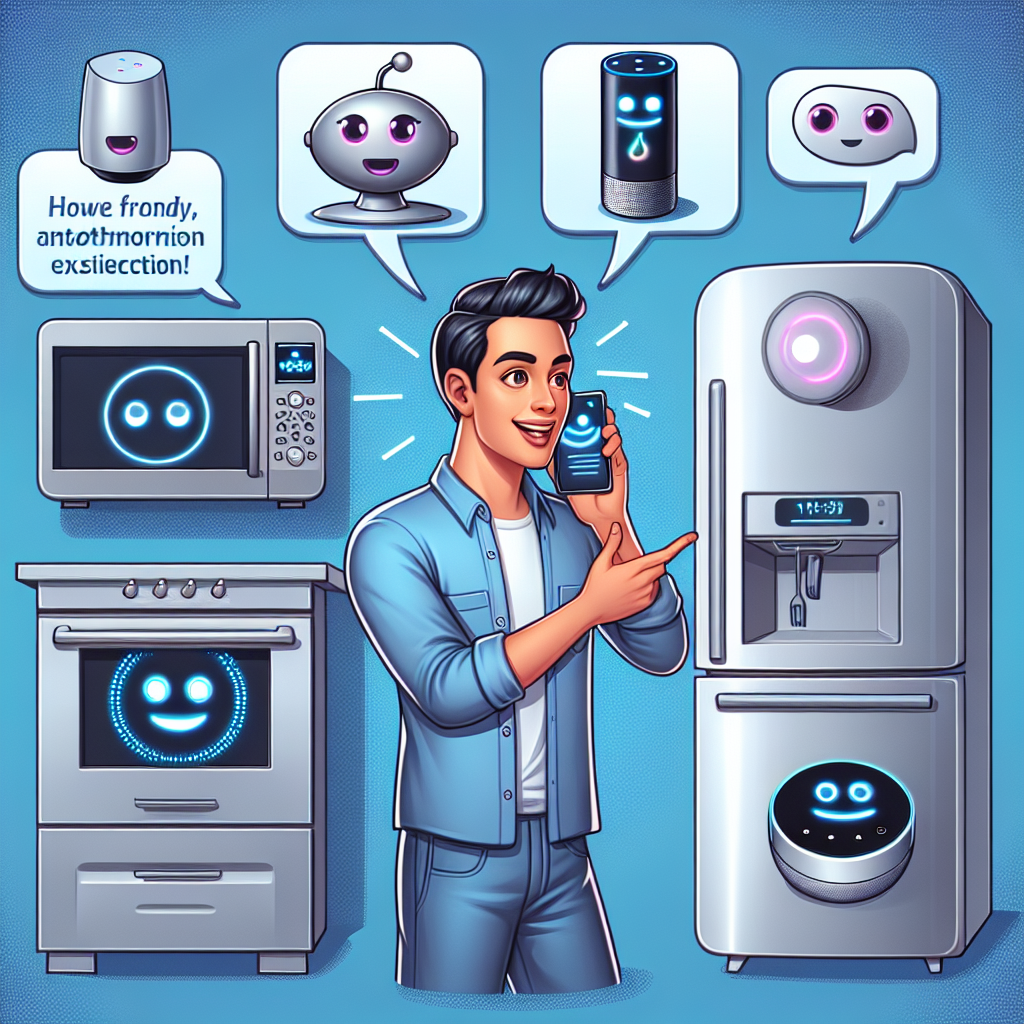Remember when creating an app meant hiring a team of developers or diving deep into coding languages? Those days are quickly fading into the rearview mirror. We’re living in the age of the no-code revolution, where AI SaaS platforms are turning everyone—yes, everyone—into potential app developers.
This transformation is nothing short of remarkable. Today, individual entrepreneurs with brilliant ideas but limited technical skills can build functional applications through intuitive interfaces. Small business owners can create custom solutions tailored to their specific needs without the hefty price tag of custom development. Startups can iterate and pivot quickly, testing concepts without massive investments in development resources.
“The no-code movement is democratizing technology creation in ways we’ve never seen before,” says Jamie Chen, founder of a boutique marketing agency who recently built her own client management app. “I had this idea sitting in my head for years but always thought I’d need to hire developers to make it happen. With low-code tools, I built it myself in a weekend.“
The statistics back up this shift. According to Gartner, low-code/no-code platforms can slash app development time by up to 90%—a game-changer for small teams with limited resources. What’s more, by 2025, it’s estimated that 70% of new applications developed by enterprises will use low-code or no-code technologies.
The Role of AI SaaS Creation Platforms in the No-Code Revolution
The secret sauce in this revolution? AI SaaS Creation Platforms that combine user-friendly interfaces with powerful AI capabilities. These platforms leverage Intelligent Collaboration between humans and AI, allowing users to describe what they want in plain language while the AI handles the technical heavy lifting. With Customizable AI Digital Workers handling complex processes behind the scenes, even the most sophisticated applications become accessible to non-coders.
From Technical Knowledge to Imagination: A New Era of App Development
For the first time, the limiting factor in app development isn’t technical knowledge—it’s imagination. When combined with AI Agent Technology and Workflow Automation, these Low-Code Platforms are empowering a new generation of creators who can focus on solving problems rather than debugging code. The democratization of app development isn’t just changing who can create software—it’s fundamentally transforming how we think about innovation itself.
Core Technologies Driving the No-Code Revolution
At the heart of the no-code revolution are several core technologies that work together to make application development accessible to everyone. Let’s dig into what makes these AI SaaS creation platforms tick and why they’re changing the game for both technical and non-technical users alike.
Intelligent Collaboration stands as one of the most powerful features of modern AI SaaS platforms. Unlike traditional development environments where human programmers work in isolation, these platforms create a partnership between human creativity and AI capabilities. “What we’re seeing is a fundamental shift in how teams work together,” explains Dr. Sarah Wong, AI implementation specialist. “The platform becomes another team member that handles the technical complexity while humans focus on the creative vision.”
This collaboration appears in real-time as you work – suggesting improvements, offering alternatives, and even predicting your next steps. For teams, this means enhanced productivity through seamless integration of tools and instant feedback that improves decision-making on the fly.
Customizable AI Digital Workers represent another revolutionary aspect of these platforms. These are essentially pre-built AI agents that users can modify and deploy for specific business needs without writing complex code. A retail business owner might customize a customer service chatbot, while a healthcare provider could adapt an automated appointment scheduling system – all through intuitive interfaces rather than programming.
“Last month, our team deployed three different AI workers that would have taken us six months to code from scratch,” says Marco Gutierrez, operations manager at a midsize logistics company. “They’re handling data entry, customer inquiries, and inventory management – tasks that used to take hours of human time each day.“
The beauty of these digital workers lies in their adaptability. They can be quickly reconfigured as business needs change, providing the kind of agility that traditional software development simply can’t match. For businesses facing rapidly evolving markets, this flexibility is invaluable.
Perhaps the most transformative aspect of AI SaaS platforms is their commitment to user-friendly tools. Gone are the intimidating command lines and complex syntax of traditional programming. Instead, users encounter visual programming environments with drag-and-drop functionality, pre-built templates, and intuitive workflows.
These platforms often include extensive libraries of components that can be assembled like building blocks to create sophisticated applications. Need a database connection? Drag it in. Want to implement facial recognition? There’s a component for that. These visual tools democratize development by making the process approachable and logical even for those with no technical background.
The impact on innovation has been profound. When the barriers to creation are lowered, ideas that might never have seen the light of day can quickly become working prototypes. Businesses can adapt to market changes faster, implementing tailored solutions in days rather than months. A marketing team can build a custom analytics dashboard without waiting for IT resources. A solo entrepreneur can launch a minimum viable product without a development team.
“What impressed me most was how quickly we could go from concept to working application,” shares Taylor Jackson, founder of a fitness tech startup. “We prototyped three different versions of our app in two weeks and got them in front of users for feedback. That kind of iteration speed was unthinkable before low-code platforms.”
For non-technical professionals, these platforms offer something even more valuable: independence. Marketing teams can update landing pages without developer assistance. HR can modify onboarding workflows without submitting IT tickets. This self-sufficiency reduces bottlenecks and allows technical teams to focus on more complex challenges rather than routine updates.
The combination of Intelligent Collaboration, Customizable AI Digital Workers, and user-friendly tools creates an environment where innovation flourishes and workflows become streamlined. By abstracting away technical complexity without sacrificing capability, AI SaaS creation platforms are fundamentally changing who can participate in the digital creation process.
The Future of AI SaaS Creation: Democratization and Automation
As we look toward the horizon, the trajectory of low-code development in AI SaaS platforms points to an exciting future where the boundaries between users and developers continue to blur. This evolution isn’t just changing how applications are built—it’s transforming who builds them and what’s possible to create.
The democratization of AI product creation sits at the heart of this transformation. At Zygote.AI, we firmly believe that powerful technology shouldn’t be gatekept by technical expertise. When tools become accessible to everyone, innovation flourishes in unexpected places and from unexpected sources. This philosophy drives our approach to building user-friendly AI tools that empower rather than intimidate.
“The next wave of innovation won’t come from Silicon Valley developers alone,” predicts tech futurist Maya Patel. “It will emerge from small business owners in rural communities, teachers in classrooms, healthcare providers in clinics—people who understand specific problems deeply but previously lacked the tools to solve them.”
This democratization creates ripple effects throughout the economy. As more individuals gain the ability to create Personal Use AI Products, we’re seeing the emergence of a new category of entrepreneurs—people who identify niche problems, build solutions using low-code AI platforms, and then share or sell their creations.
The statistics tell a compelling story: McKinsey reports that by 2030, the market for AI applications created on low-code platforms could exceed $500 billion, with much of that value generated by non-traditional developers. This represents not just a shift in who creates technology, but a fundamental expansion of the creative economy.
Zygote.AI’s vision of an open marketplace where users can share and sell their AI SaaS products further accelerates this trend. When a dental office manager creates an AI workflow that streamlines patient scheduling, why shouldn’t dental practices worldwide benefit from that innovation? These platforms enable a network effect where each solution builds upon others, creating an ecosystem of continuous improvement and specialized tools.
Perhaps most transformative is the march toward fully automated workflows. We’ve already reached the point where entire business processes can run with minimal human intervention. At Zygote.AI, we’ve developed systems that autonomously select topics, generate content, create illustrations, conduct reviews, and publish promotional materials—all without human involvement beyond the initial setup.
“What we’re witnessing is the early stages of workflow automation that will fundamentally redefine productivity,” explains Dr. Elijah Carter, automation specialist. “Tasks that once required teams of people can now be handled by customizable AI digital workers operating within defined parameters but capable of making intelligent decisions.“
This doesn’t mean human creativity becomes obsolete—quite the opposite. As AI handles routine processes, human ingenuity is freed to focus on innovation, strategic thinking, and emotional intelligence—areas where we still vastly outperform machines. The partnership between human creativity and AI capabilities creates something greater than either could achieve alone.
For businesses, the implications are profound. Workflow automation through low-code AI platforms means dramatically reduced operational costs, consistent quality, 24/7 operation, and the ability to scale operations without proportional increases in staffing. Small companies can suddenly compete with enterprises by leveraging the same powerful automation tools.
For individuals, the opportunity to create, share, and sell AI products represents a new path to entrepreneurship with remarkably low barriers to entry. A single person with domain expertise can build AI applications that serve thousands or millions of users without needing to manage a development team or raise significant capital.
The future we’re building at Zygote.AI is one where everyone becomes a potential creator of AI solutions. Where the distance between identifying a problem and implementing a solution shrinks from months to days or even hours. Where continuous innovation isn’t just encouraged but embedded into the fabric of how we work.
As low-code AI SaaS platforms continue to evolve, we’re moving toward a world where technology truly serves human needs rather than forcing humans to adapt to technological limitations. By making creation accessible to all and enabling fully automated workflows, we’re not just changing how software is built—we’re fundamentally redefining how work gets done across every industry and profession.









